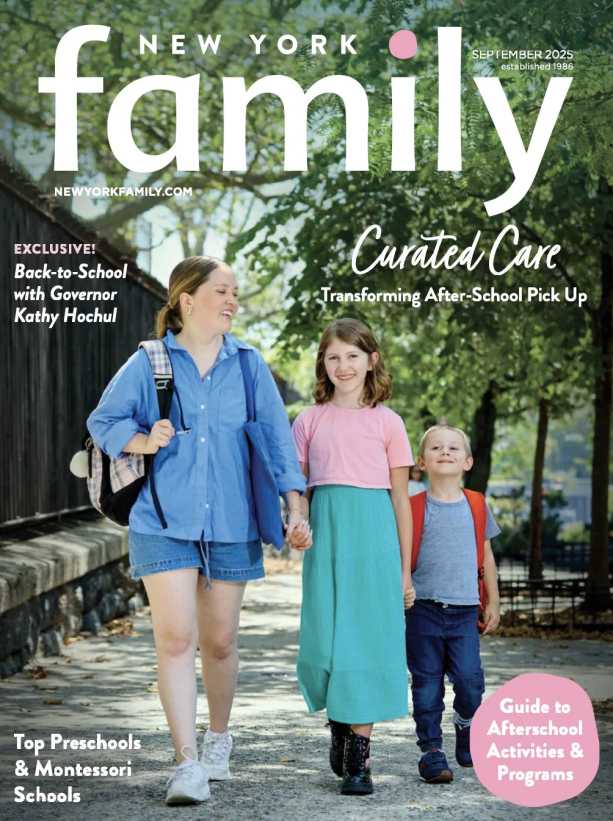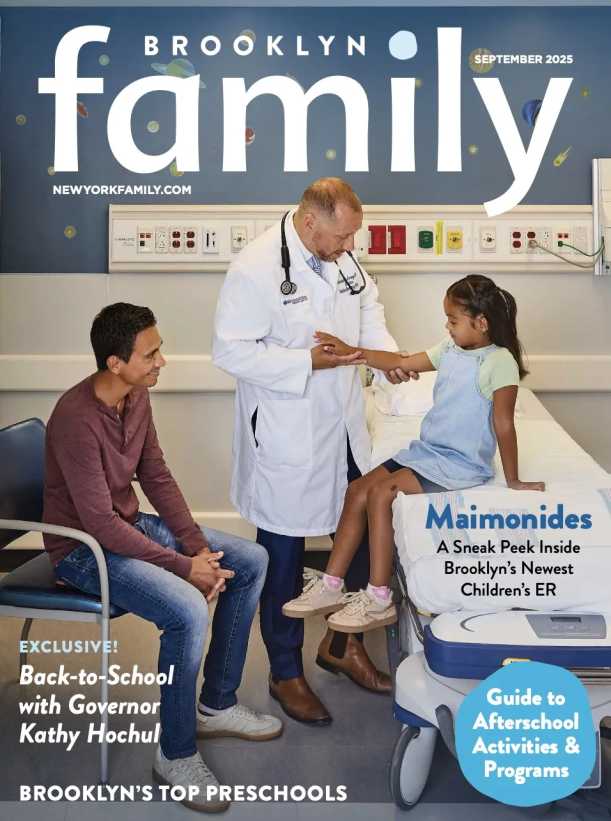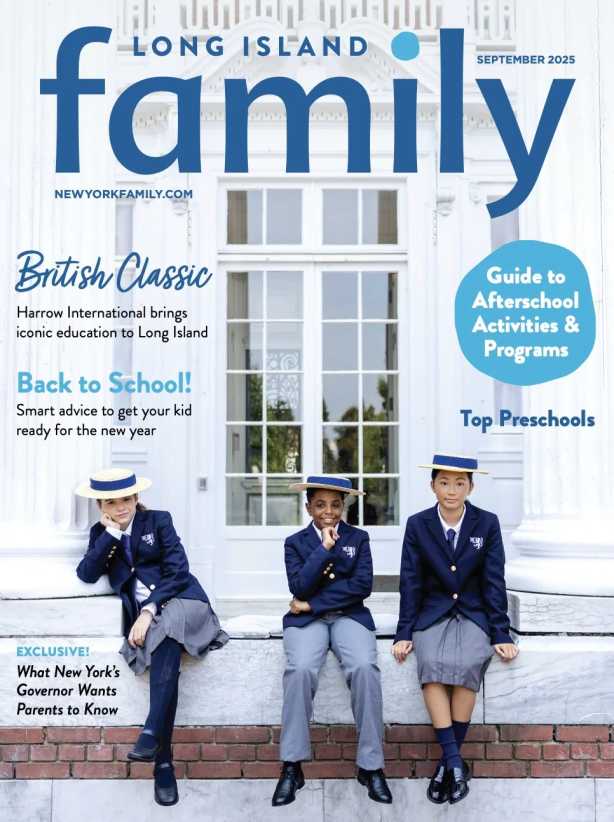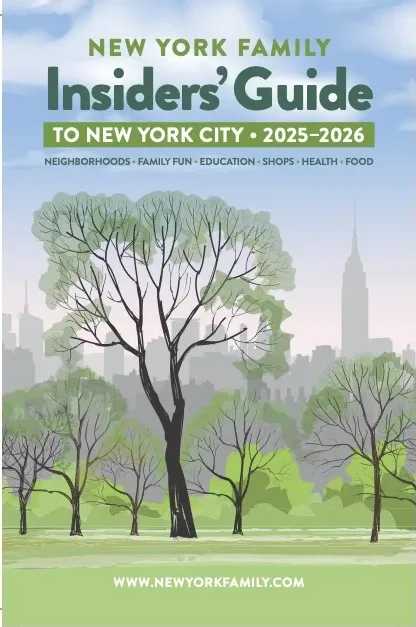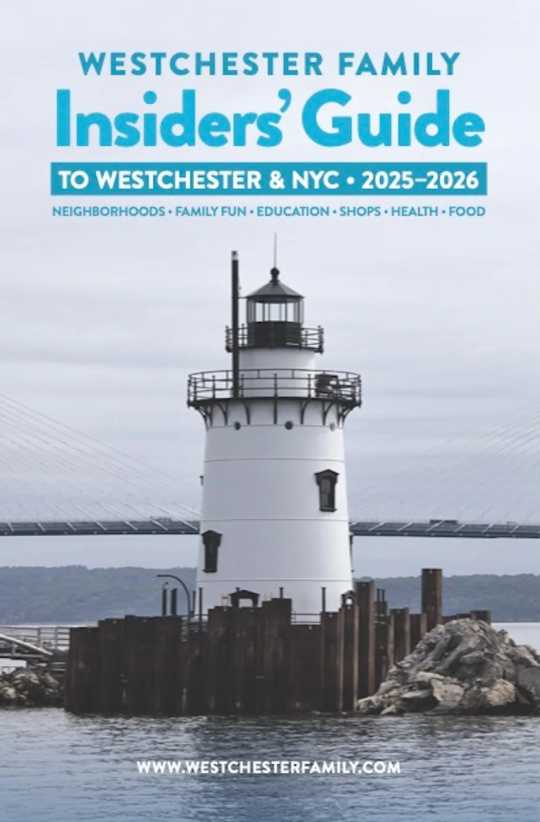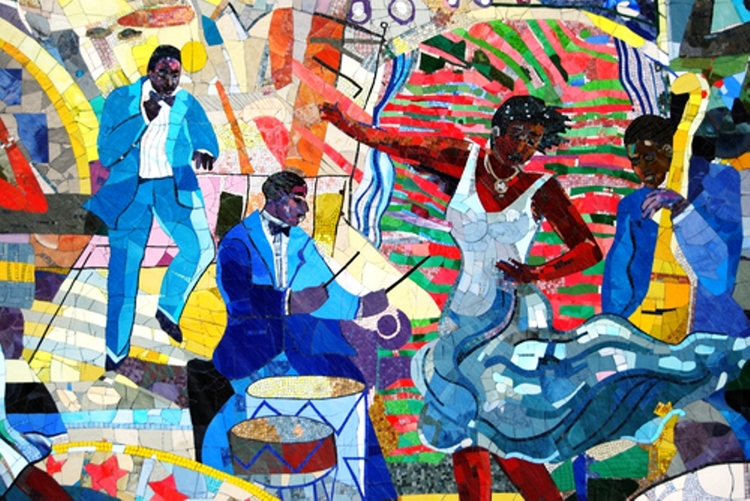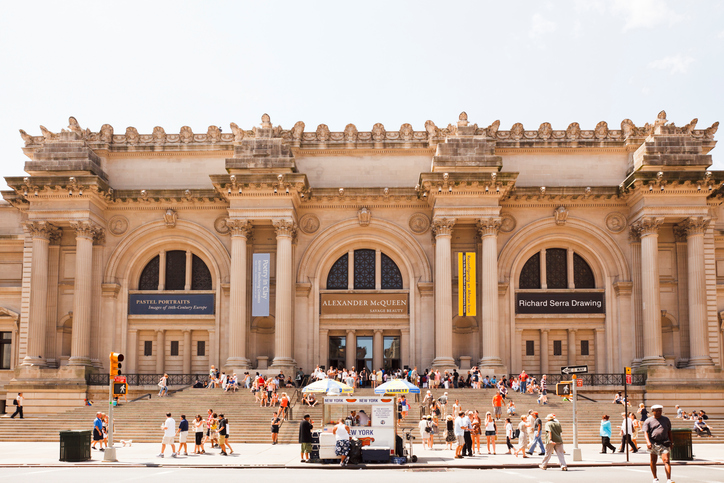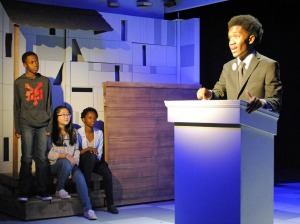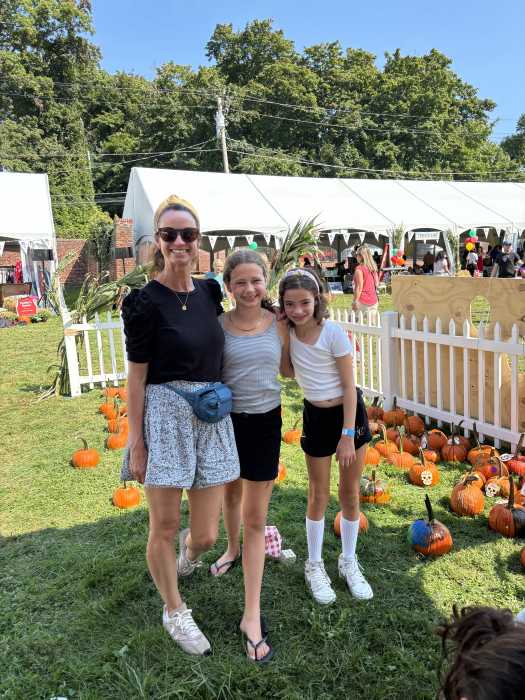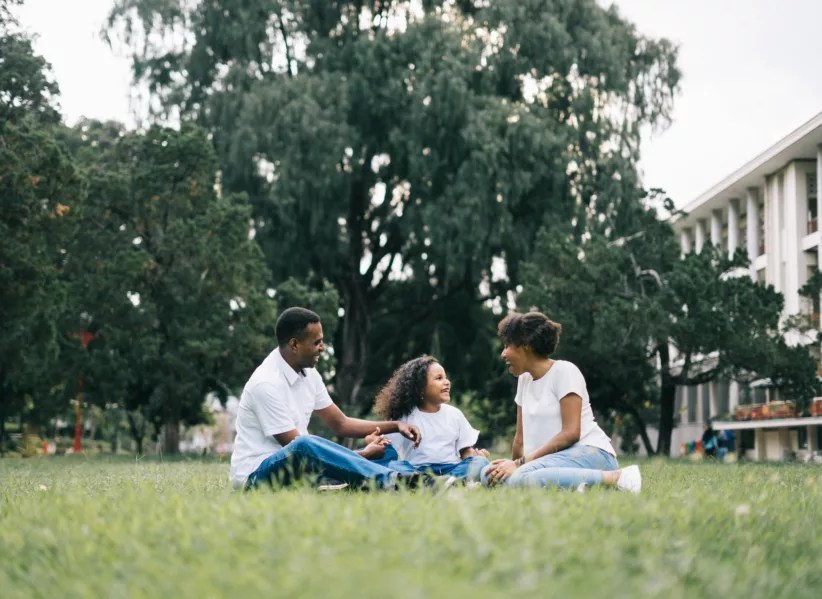
Celebrate Black History Month this year by visiting some of our area’s most fascinating testaments to African American history and triumphs. These African American museums, landmarks, and more represent a safe way to commemorate famous Black Americans who contributed to American history, from the Civil War through the Civil Rights Movement. Bring the kids to pay respects to Harriet Tubman or Jackie Robinson or venture out to Long Island for a visit to the African American Museum of Nassau County.
Invisible Man: A Memorial to Ralph Ellison
Riverside Dr. at 150th St., Harlem
What you Need to Know: Ralph Ellison was a 20th century African-American writer best known for his bestselling novel, Invisible Man. Written in 1952, the novel captures the story of an African-American civil rights worker from the south who moves to New York. The memorial was erected at Riverside Park after Ellison’s death in Harlem where he was a longtime resident. See the memorial and give honor to a remarkable man with the family.
African Burial Ground National Monument
290 Broadway, at the corner of Duane Street
The monument’s main building, the Ted Weiss Federal Building, contains the remains of more than 400 Africans buried in the 17th and 18th centuries, just a portion of the largest colonial-era cemetery for people of African descent, both free and enslaved. The sacred site honors the contribution and forgotten history of African slaves in the development of colonial and federal New York.
Jackie Robinson Monument
85 Bradhurst Ave., at the corner of West 147th Street
The park provides ten blocks of resources for the Harlem community, including the Recreation Center which has fitness facilities and programming. The bronze Jackie Robinson bust is located inside the pool and recreation center entryway, and commemorates the baseball legend’s contribution to American history, pioneering into professional sports as the first black player in the major leagues.
Swing Low: A Memorial to Harriet Tubman
West 122nd Street between St. Nicholas Avenue and Frederick Douglass Boulevard
What you Need to Know:
An oversized full-figure portrait sculpture in bronze and granite commemorating the abolitionist and humanitarian, who as a freed slave, devoted her life to rescue others fighting for freedom.
Frederick Douglass Circle
110 Street and Eighth Avenue, northwest corner of Central Park
What you Need to Know:
A bronze, wrought iron monument with a water feature, honors the abolitionist, writer, and teacher. The statue is inscribed with historical details and quotations from Douglass’ work and slaves’ passage to freedom.
African American Museums and Landmarks in Brooklyn
Jackie Robinson and Pee Wee Reese Monument
MCU Park, Surf Avenue between West 16th and 19th Streets, Coney Island
What you Need to Know:
This statue depicts these two famous baseball pioneers who fought for racial equality, sportsmanship, friendship, and conciliation.
psst… https://www.newyorkfamily.com/celebrating-during-black-history-month/
African American Museums and Landmarks in Queens
Louis Armstrong House Museum
34-56 107th St., Corona
Visit the house the jazz legend shared for 28 years with his wife Lucille from 1943 until his death. The uniquely decorated rooms are preserved as Lucille designed them, you can walk Louis’ study, his library, and listen to some of his music and recorded interviews.
Soul in Flight
Arthur Ashe Stadium, 124-02 Roosevelt Ave. Flushing Meadows-Corona Park
What you Need to Know:
See the breathtaking memorial to the late tennis player Arthur Ashe, which was sculpted by Eric Fishl. The bronze and granite piece captures the essence of Ashe’s talent and strength both on the tennis court and through his human rights initiatives. The memorial was dedicated in 2000.
African American Museums and Landmarks on Long Island
African American Museum of Nassau County
110 N. Franklin St., Hempstead
Hours: Wednesday-Saturday, 10am-5pm
Admission: $5 ages 5 and older; $8 guided tour; $10 guided tour and video
What you Need to Know:
Visit the 6,000 square foot museum dedicated to the appreciation of African-American culture, art, and tradition. See collections, exhibitions, and special programs. Take a tour of the beautiful space with hands-on art projects for the kids and event areas for receptions.
Joseph Lloyd Manor – Temporarily closed
2 Lloyd Lane, Lloyd Harbor Road, Lloyd Harbor
This colonial building was built in 1766 and came under British occupation during the Revolutionary War, then became the home of Jupiter Hammon, a slave and first published black poet.
African American Museums and Landmarks in Westchester County
Estella Diggs Park
3rd Avenue between 167th and 168th streets, Bronx
Estella Diggs, born in 1916, was the first African-American woman to represent the Bronx in the New York State Assembly. The park was formerly named Rocks and Roots was renamed for the heroic leader in 2011 after a multi-million dollar renovation. Relax with the family and tour the winding paths and sit upon the lovely benches.
Neuberger Museum of Art – Closed through Feb. 19, 2021
Purchase College, 735 Anderson Hill Road, Purchase
The Neuberger Museum of art is Westchester’s premier museum of African, modern, and contemporary art. There are 10 new exhibitions each year, so you can come back with the family regularly to see new exhibits. See the cultural significance of African art and learn all about it, since the museum is considered a teaching museum.
Mount Gulian Historic Site – Closed for the season
145 Sterling St., Beacon
James Brown escaped from slavery in Maryland, and made his way to New York via the Underground Railroad. His journals are some of the only written evidence of the daily life experiences of black people during that time in the North. He lived and worked at the estate through the Civil War years until his death in 1868.
African American Museums and Landmarks in Fairfield County, CT
Prudence Crandall Museum – Currently closed for renovations
1 S. Canterbury Road, Canterbury
Visit this National Historic Landmark with your family, where Prudence Crandall opened a school for African Americans while she was an abolitionist and teacher. The school was open from 1832-34. Crandall was designated Connecticut’s State Heroine for her courage to stand up for African-American women during turbulent times.
